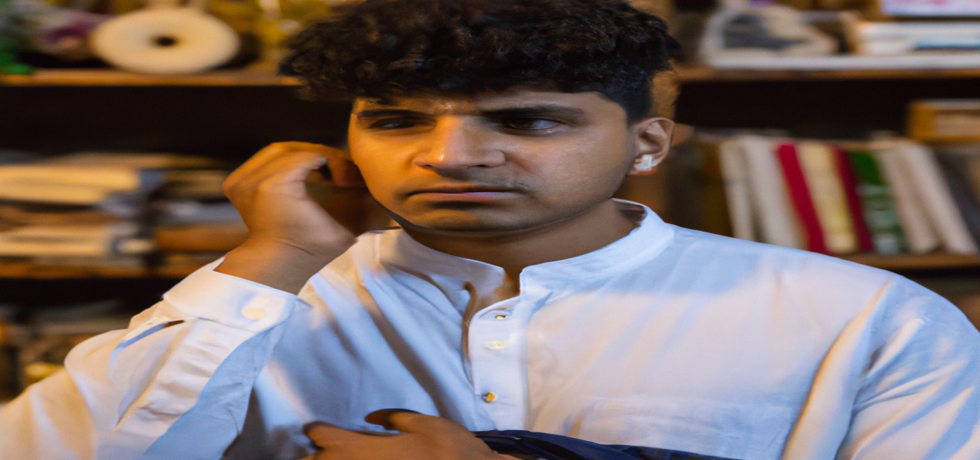
Evolution of Circumcision Practices
Understanding the Historical Context
Circumcision practices have been part of human cultures for thousands of years, undergoing significant transformations in their meaning and execution. Initially rooted in religious and cultural beliefs, the evolution of circumcision has continued to reflect societal changes, medical advancements, and personal preferences. Let’s explore how these practices have evolved over the years, how they are viewed today, and what implications they have for individuals and societies alike.
Cultural and Religious Significance
Throughout history, communities have adopted circumcision for various reasons. In many cultures, particularly among Jewish and Muslim populations, it is a rite of passage or a commandment to be followed. Traditionally, these circumcision practices signify commitment to religious faith and heritage. As society evolves, the perception of these rituals shifts, leading to the inclusion of circumcision in discussions about personal identity and community belonging. For many, circumcision holds deep cultural significance that transcends basic medical analysis.
Medical Perspective on Circumcision
The modern medical community has also played a crucial role in the evolution of circumcision practices. While some still believe in routine neonatal circumcision based on potential health benefits like reduced urinary tract infections and lower risks of certain sexually transmitted infections, many advocate for informed choice based on personal family values and beliefs. The evolving conversation reflects a blend of both cultural traditions and scientific perspectives, leading to diverse practices even within the same community.
Contemporary Practices and Choices
Today, the evolution of circumcision practices is marked by growing discussions about bodily autonomy and parental rights. Many parents weigh the emotional and ethical implications of circumcision against the potential health benefits, ultimately making choices based on the individual circumstances of their families. This symbolic transition from a largely ritualistic practice to a more personalized decision reflects broad socio-cultural changes, making each case unique.
Conclusion and Takeaway
As the conversation continues to evolve, its essential for individuals and families to engage in open dialogues about circumcision practices. Understanding the rich histories, cultural importance, and medical opinions can empower parents to make informed decisions. For those considering circumcision for their children, consulting with experienced professionals can provide the necessary insights and guidance to navigate this personal decision with confidence.
Frequently Asked Questions
Is circumcision necessary for all newborn boys?
Not necessarily. While some cultures and religions require it, many professionals suggest that it should be a personal choice made by parents based on informed consent and understanding.
Not necessarily. While some cultures and religions require it, many professionals suggest that it should be a personal choice made by parents based on informed consent and understanding.
What are the potential health benefits of circumcision?
Some studies mention lower risks of urinary tract infections and certain sexually transmitted infections, although these benefits can be debated based on personal circumstances.
For professional assistance and expert advice from leading dermatologists like Dr. Hital Patel, experience the benefits of Evolution of Circumcision Practices with Hair & Skin Specialist Dr. Hital Patel at The Skin Artistry. Our clinics in PDPU Gandhinagar, Vastrapur Ahmedabad, and Hyderabad offer top-quality care and personalized treatments. Visit us today to learn more about our services and take advantage of our special offers! For more insights, updates, or to collaborate, stay connected with The Skin Artistry.

